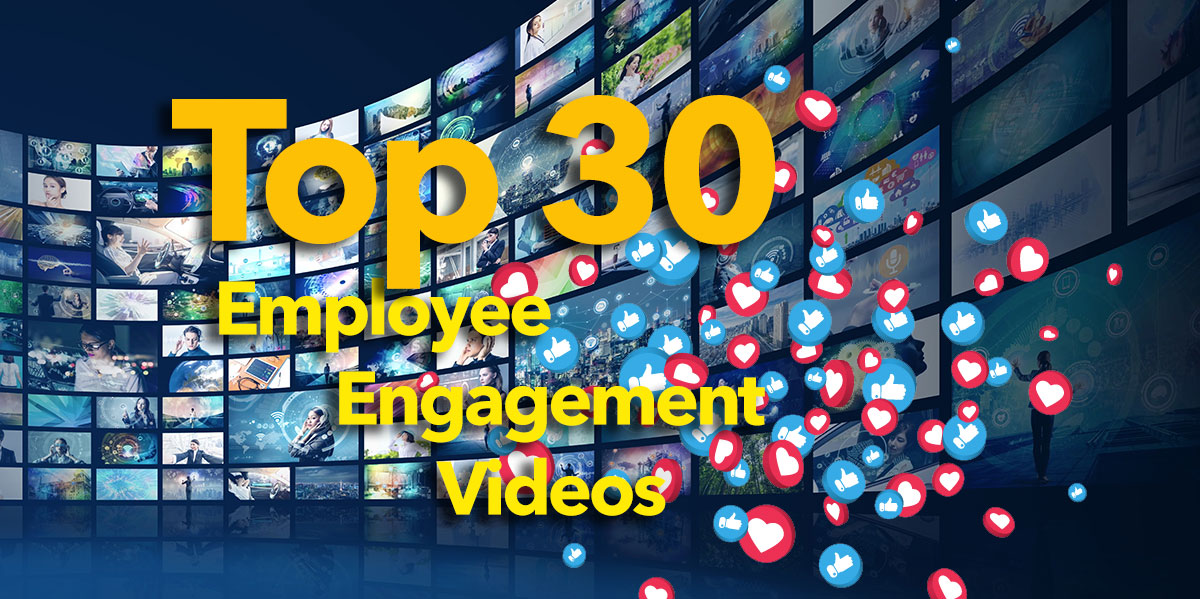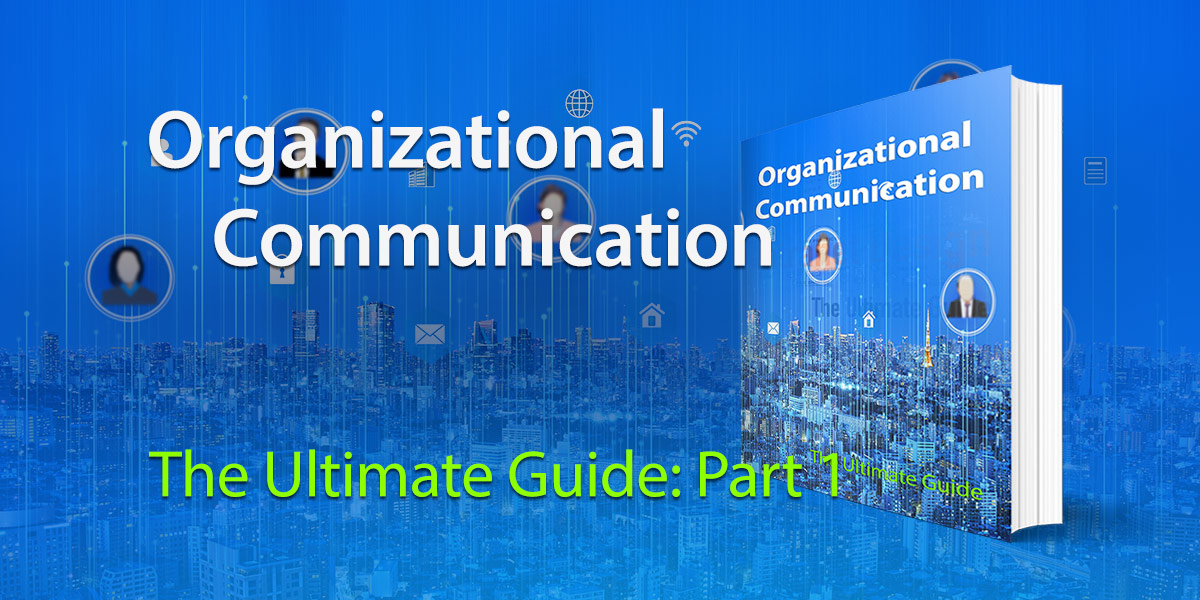We don’t need to tell you how critical communication is to your organization’s success. It’s the glue that binds all staff together. However, many businesses mistake information sharing for communication. You may have a cutting-edge CEO vlog and multi-media staff newsletters. But if it’s all one-way traffic, then it’s not genuine communication. For today’s digital workplaces, there must be two way communication and open dialogue up, down, and across the organization.
With hybrid business models now dominating the way we work, it’s never been more critical to get communications right. Research from McKinsey tells us that companies with connected employees increase productivity by 25 percent. So, now is the time to make sure you have two way communication in place.
This post takes you through the how, what and why of two way communication. We explain what it means, why it’s important and how to set up two way communication in your business.
What Is Two Way Communication?
Two way communication is a shared conversation that goes back and forth between one or more individuals. It’s a dynamic process where information and ideas are exchanged between senders and receivers.
Two way communication can be both verbal and non-verbal. It can be face-to-face – think team and projects meetings or one-to-one conversations. And it can also take place virtually in Zoom conferences or webinars.
Two way communication also takes place in writing, whether online or in print formats. The important point here is that it involves some form of feedback between the sender and the receiver.
Furthermore, two way communication can be vertical, taking place from the top-down and vice versa. Or it can be horizontal with dialogue and conversations between colleagues at similar levels in the business.
Importance Of Two-Way Communication: Five Top Benefits
Two way communication offers a ton of benefits to organizations. Here are the top five reasons why it’s so important.
1. Improve Job Satisfaction
Attracting and retaining top talent is getting harder and harder. It’s super competitive out there, with many industries experiencing a post-pandemic skills shortage. Staff are one of your main brand advocates, spreading the word about how good an employer you are in their social networks. And when it comes to recruitment and retention, this kind of grassroots advocacy can be a game-changer.
Workers with high levels of job satisfaction are more likely to stick around. And they are more likely to recommend you as an employer of choice. Two way communication is critical to job satisfaction. It provides employees with outlets to convey their opinions, insights, and complaints. The result is a workforce that feels listened to, valued, and appreciated. And that’s a sure-fire way to improve job satisfaction and boost employee retention.
2. Increase Employee Engagement
Two way communication is a key driver for employee engagement. Use two way communication to seek and capture the views and insights of workers. Employees will have a better understanding of their contribution to company goals and an enhanced sense of belonging. And they are more likely to feel valued and motivated to give their best.
According to Forbes, businesses with strong cultures have seen a four-fold increase in revenue growth. And a highly engaged workforce is the essential starting point for a strong corporate culture.
3. Overcome Ambiguity And Miscommunication
Breakdowns in internal communications can be costly. Research suggests it could be as much as $37 billion a year. Two way communication helps you overcome the ambiguity and confusion that are behind poor communication.
With an open dialogue, managers can check that messages have been clearly understood. And workers can ask questions and get the clarification they need. With clear instructions and a better understanding, employees will be more accurate and efficient in getting the job done.
4. Enhance Collaboration
Two heads are better than one, and two way communication is crucial to effective team collaboration. Even more so now that hybrid working means teams are no longer physically located in the same building.
Two way communication involves team members problem-solving, sharing insights, and generating new ideas together. It supports cross-team creativity and innovation. Information flows more freely, and actions are quickly and easily implemented. Plus, two way communication supports the personal relationships and camaraderie that underpin successful collaboration.
And if you want to put a dollar value on effective collaboration, consider the following from Deloitte. According to Deloitte’s global study, when employees collaborate:
- 15 percent work faster
- 73 percent do better work
- 60 percent are more innovative
- 56 percent feel more satisfied.
The evidence is clear: Collaboration supported by two way communication improves the bottom line.
5. Improved Productivity
When your organization has free-flowing two way communication, everything else becomes a whole lot easier.
Brainstorming, problem-solving, swifter decision-making: it all adds up to improved productivity. Workers are better equipped to get on with the job. And they are also more creative and innovative in finding solutions. Thanks to two way communication, business operations are more efficient and effective because there’s greater clarity over roles, responsibilities, and actions.
Easy Ways To Implement Two-Way Communication
So, what can you do to implement two way communication in your organization? The good news is setting up two way communication channels is easier than you think. And even more so if you use existing platforms like the company intranet. As the go-to universal resource for all staff, the intranet has much to offer in this space. Let’s take a look at the great features available.
Instant Messaging
Fast and responsive, when it comes to two way communication, business IM is a game-changer. Workers can connect, share and discuss up, down, and across the organization. And it’s a great leveler as everyone can participate and has an equal voice.
What’s more, IM is perfect for hybrid working. Businesses are using IM for both formal and informal communications. Staff can share files, check project progress, resolve queries quickly and even chat about weekend plans on one platform. At the same time, dedicated # channels and personalized notifications give workers control over what’s important to them. They can set their own preferences and filter out any distracting white noise. And the search function makes it easy to find that crucial piece of information.
Team chat is also the perfect vehicle for managers to get important messages out quickly. And they can invite feedback and develop two way conversations directly with team members.
Forums And Project Spaces
Also included in your intranet is the online forum tool. Topic or project-based, dedicated forums are private spaces for staff to problem-solve, brainstorm, and feedback. You can restrict access or make them public using the intranet’s admin tools.
Forums are an excellent tool to connect project teams. And managers often use them to canvass staff views on new initiatives, say for example, the revised employee benefits package.
Blogs
Interactive and engaging, blogs can be staff or management-led. CEOs often use blogs to share company news, recognize team members, sound out staff on new initiatives, or reinforce company culture. And for employees, it’s an opportunity to break down departmental silos, highlight new ideas or showcase the team’s work. Either way, allowing staff to comment, share, and like company blogs further promotes two way communication.
Activity Walls
With a modern, social look and feel, activity walls can be on a team or individual employee level. Use activity walls to update colleagues on projects, generate new thinking, or highlight internal expertise. And just like you do on social media, employees can choose to follow trending topics or individuals.
Quizzes And Surveys
Another way to engage in two way communication is the intranet’s quizzes and surveys function. Poll staff on a variety of issues or quiz employees on their concerns. Then use the valuable insights gained to improve decision-making.
Newsfeeds
The intranet’s newsfeed is probably already the number one channel for keeping staff updated. Take it to another level by incorporating feedback mechanisms. Inviting employees’ comments, reactions and opinions is an excellent way to promote two way communication.
Two-Way Communication In The Workplace: Essential Conditions
Understanding the how, what, why of two way communication is only part of the equation. Just as important is having the right company culture and environment to allow it to flourish. Setting up two way communication channels on their own isn’t enough. Effective two way communication requires the right conditions to be effective. Include the following in your corporate culture to ensure two way communication is fit for purpose.
Listen
Active listening is essential to effective two way communication. Asking for feedback and not listening to what’s being said is a wasted opportunity. Managers and organizations should acknowledge and heed employees’ concerns, complaints, and general feedback. Only then will staff believe they have a voice and their opinions matter. Posing questions is an excellent way to invite feedback. And be sure to include a feedback mechanism in every organizational communication.
Tailor Messages To Your Audience
Every employee is different. And communication preferences will be as varied as the individuals that make up your workforce. In response, use a wide variety of two way communication channels to best meet employees’ differing communication needs. For example, IM is an essential lifeline for a service technician working in the field. However, a head-office-based project worker is more likely to use intranet forums for ongoing conversations with managers and colleagues.
Be Responsive
Once you have set up your two way communication channels, leaders and managers need to model the right behavior. If they respond quickly and personally to employees’ ideas and suggestions, then staff will soon get the message that you mean business. The result? Staff feel more engaged and become committed to the process.
Take Action
To maintain credibility, organizations need to act on the feedback given. Make sure you share feedback with the workforce and the steps taken in response. Highlighting the impact employees’ views have on the work you do builds trust in the process. Transparency and openness will go a long way to strengthening your bond with your most important asset – your people.
Advantages Of Two-Way Communication: Main Takeaways
Do away with mixed messages and miscommunication for good. Clear and transparent, two way communication helps eliminate the problem of misinformation. Here’s a quick summary of what you need to know about two way communication:
- It’s a dynamic process involving the exchange of ideas between two or more workers.
- Two way communication is both verbal and non-verbal, and it’s multi-directional.
- There is a host of organizational benefits on offer, including improved job satisfaction, better collaboration, and improved productivity.
- Your intranet has all you need to easily set up two way communication channels. IM, blogs, forums, surveys, and newsfeeds are just some of the great readily available tools.
- Make sure you have the right conditions in place to enhance the effectiveness of two way communication. Listen, be responsive and take action so that you reap the rewards of a happy, engaged, and productive workforce.
Ready to take the next step and start developing two way communication in your business? Get in touch with the expert team at MyHub. Our beautifully designed, super easy-to-use intranets are used by companies worldwide to support internal communications. Find out why with a free demo or 14-day trial.










